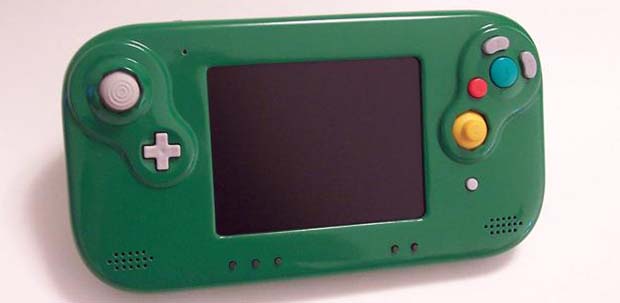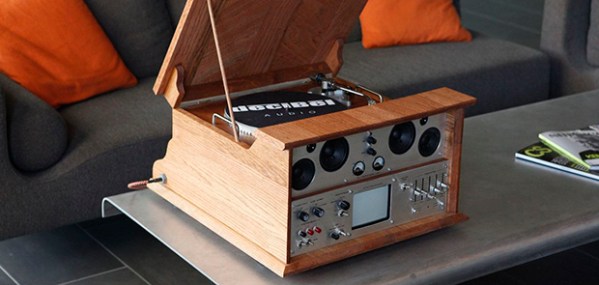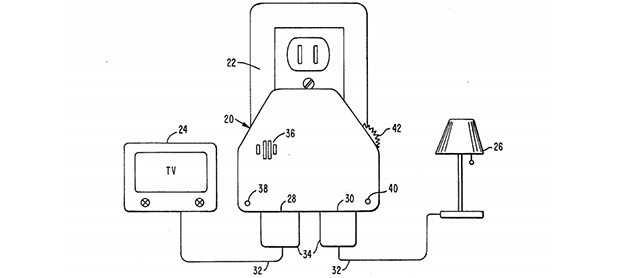Way back in the late 1970s and early 1980s, a few very awesome people around MIT were working on Lisp machines. These computers were designed specifically to run Lisp as their main programming language. Around the same time, a few [Steves] in California were working on the Apple II, which would soon become one of the most popular computers of all time. The Apple II ran BASIC as its main programming language, fine for the time, but surely not as elegant as Lisp. It took more than 30 years, but [Alex] and [Martin] figured out a way to turn the lowly Apple IIe into a Lisp machine.
Developing Lisp for the Apple IIe was surprisingly easy for these guys – they simply wrote a Lisp interpreter in C and used a 6502 compiler to generate some machine code. The main problem of porting Lisp to an Apple II was simply getting the code onto the Apple. We’re assuming this would have been easier had the same project been attempted in the 80s.
To get their interpreter onto the Apple, they used the very awesome ADTPro library that allows data to be loaded onto an Apple II via the cassette port and a modern computer’s microphone and speaker jack. After a solid minute of loading analog data onto this digital dinosaur, [Alex] and [Martin] had a Lisp interpreter running on ancient yet elegant hardware.
The source for the 6502 Lisp interpreter can be found on the GitHub along with all the necessary tools to load it via a modern computer. That’ll give you all the ancient lambdas and parens you could ever want. One warning, though: backspace doesn’t exactly work, so be prepared for a lot of frustration.
You can check out the demo video below.

















